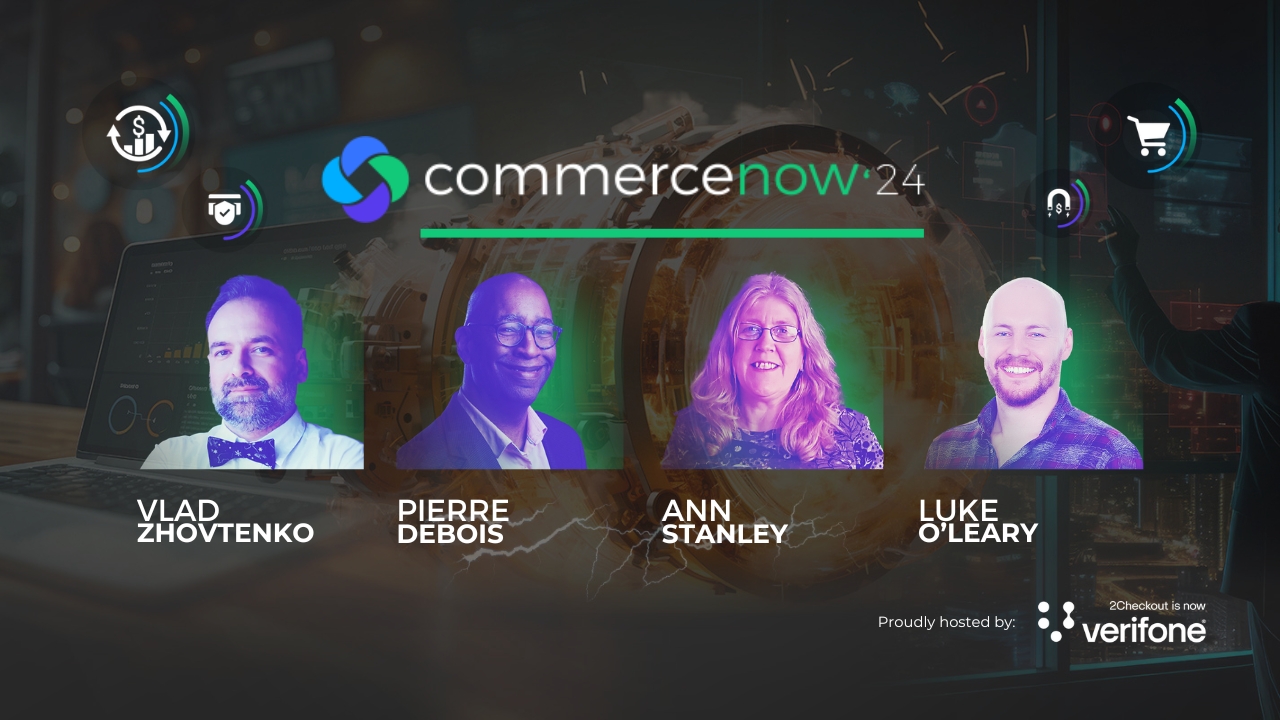New technologies are changing how we develop and deliver software, making these processes more agile and responsive. But what about buying? The same technology advances have combined to place power in the hands of a demanding new software buyer who expects personalized attention as she considers, buys and consumes a product or service. To develop a sales model that accommodates this new buyer, every software and SaaS vendor needs to understand the evolving needs of this individual buyer in detail.
It’s all about the Individual
Just a few years ago, the B2B and B2C software purchasing processes were … different. Businesses worked directly with software salespeople and went through long qualification processes, often involving complicated requests for proposals and smoke-and-mirrors demos. Companies ended up paying upwards of six figures for complicated on-premise installation and restrictive licenses. Consumers purchased software CDs in stores and struggled to install products on their own, receiving limited support.
Well, the rise of the Cloud, the proliferation of mobile and improved access to information redefined the software & SaaS market, and empowered buyers in new ways. These shifts go beyond consumerization of IT or BYOD and set the stage for a truly new and fully individualized purchasing process.
No longer can software vendors set fixed prices, offer limiting license terms, and drive a hard sale. Instead, they must move beyond traditional B2B or B2C sales by embracing a new approach that focuses on the individual. As Jason Miller of Marketo reminded us in a recent interview on Facebook for B2B – “always be helping”, not “always be closing”- which clearly applies to software and cloud services, digital goods in general.
What B2i really means
The new business-to-individual (B2i) sales model puts a greater emphasis on understanding customer needs and building customer relationships that grow over time. Consumers are becoming “prosumers” and businesses are buying more like consumers – they all have superior access to information and powerful new tools at their disposal (including social!). How does this affect their expectations and actions in the buying process?
Consumers-turned-prosumers research online extensively, interacting with products or product information about a dozen times before making a purchase. This in-depth research guarantees that prosumers know as much as (or sometimes more!) than software sales staff, turning the tables in favor of the customer, not the vendor. Prosumers seek to buy anytime, anywhere, from any device, using the model they choose. Whether on a mobile device, tablet, or PC, and whether signing up for a trial, freemium, subscription, or other offer, prosumers pursue what meets their needs in the moment.
In a similar vein, businesses are adopting more consumer-like purchasing behavior, becoming more agile, independent and experimental, rather than consolidated and slow-moving. The IT department is no longer fully in charge of software; rather, each department uses its own goals to acquire the technology that makes their life easier (we won’t go into implications of that here and how that is also shifting). Businesses expect to watch demos, ask for reviews, try products before they buy, pay with a credit card. Adopting flexible subscription models helps individual buyers in a business setting avoid large upfront commitments and improves their speed to market drastically.
B2i challenges and opportunities
While it all seems logical and sounds easy, in fact, changing buyer behavior creates new challenges for vendors. Demanding and empowered buyers expect a new level of flexibility and responsiveness in the purchasing process. As a vendor, you need to provide consistent content, self-service and assisted transactional or product support (even in multiple languages), product access etc. across channels, models, and markets. This can be a complex endeavor, but it’s necessary to support your business which is inevitably a global one today. Plus, as new distribution channels, like app stores and marketplaces flourish, buyers want to take advantage of these without disrupting any existing products or services.
B2i requires the flexibility to support multiple combinations of business models as well as bundles of products or services – distributing software in creative ways turns into an important source of differentiation for vendors.
Meeting B2i challenges
Just as B2i is a new approach to selling, meeting B2i challenges requires a whole new blueprint for operations, which we call customer-centric commerce. We’ll cover the elements of customer-centric commerce in future articles and whitepapers, so stay tuned.
To learn more about the importance of personalization in eCommerce, make sure to check out this article!





